Spider Vein Treatments
What are spider veins?
Spider veins, also known as telangiectasias, are small superficial veins that are red or purple in color and are most commonly found on the skin of the legs. Spider veins are most common find on the legs and they’re considered to be a cosmetic problem.
What is the treatment for spider veins?
As with varicose veins, conservative measures are the first line treatment. Again, these include compression stockings, leg elevation, and exercise. The other mainstay of treatment for spider veins is sclerotherapy injections.
If you would like to schedule a Spider Veins consultation click here or call 617-244-4082.
Sclerotherapy is a popular method of eliminating varicose veins and spider veins in which a solution, called a sclerosing agent, is injected into the veins. The sclerosing agent irritates the inside of the vein, causing the blood to clot and the vein to scar. The body is then able to find alternate pathways for your blood to return to your heart. The scarred vein is absorbed the body, eliminating the painful or unsightly superficial veins.
The number of treatments needed to clear or improve the condition differs from patient to patient, and depends on the extent of varicose and spider veins present. One to six treatments may be needed, with an average of three to four treatments.
Risk Factors
Some risk factors for spider veins include:
- Family history – genetics may play a factor as some people may be predisposed to this condition
- Extended periods of sitting or standing – lifestyle habits may contribute to the way blood flows through the veins. Conservative methods may slow the advancement of vein disorders.
- Age – As you get older, veins may decrease in elasticity which may stretch the veins. The valves may weaken, changing the blood flow from flowing to the heart back down the veins.
- Pregnancy – some pregnant women may develop spider veins. Pregnancy increases the amount of blood in your body, while lowering the amount of blood flowing from your legs to your pelvis. The change is circulation supports the growth of the fetus but can cause an adverse effect with blood flow in the veins.
